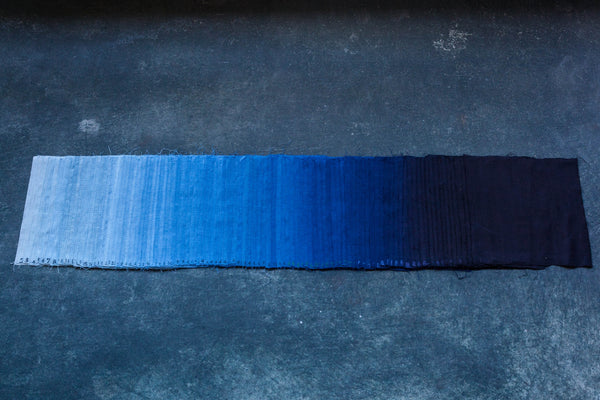Exploring the Natural Origins of China's Indigo Dye and Its Cultural Significance
The Beautiful Journey of Indigo in Nature
Indigo, a color deeply embedded in human culture and history, finds its roots in the natural world, particularly through the indigo plant, which has fascinated civilizations for centuries. Known scientifically as *Indigofera tinctoria*, this plant is primarily found in tropical and subtropical regions, including parts of Asia, Africa, and the Americas. The significance of indigo not only lies in its striking hue but also in its story, intertwining with art, fashion, and economics throughout history.
The Beautiful Journey of Indigo in Nature
In recent years, there has been a resurgence of interest in natural dyes, as individuals and industries alike begin to recognize the environmental impact of synthetic dyes. Synthetic indigo, commonly used in mainstream textile production, has been linked with pollution and health issues, prompting a shift back towards natural alternatives. The cultivation of indigo has seen a renaissance, with artisans and designers championing the benefits of naturally sourced dyes. This not only supports sustainable farming practices but also preserves traditional crafts.
china indigo in nature

Moreover, indigo is more than just a color or dye; it is a cultural symbol. Many communities around the world have developed unique indigo dyeing techniques that reflect their heritage and identity. For instance, in Japan, the craft of “shibori,” a resist-dyeing technique, involves folding, twisting, and compressing fabric before dyeing, resulting in intricate patterns that tell stories of the region's cultural landscape. Similarly, in West Africa, vibrant indigo textiles are integral to ceremonial garments and everyday wear, embodying the spirit and traditions of the people.
In China, the significance of indigo is particularly noteworthy. The country has a rich history of indigo dyeing that traces back thousands of years. Chinese indigo dyeing, often associated with the term qing dai, not only produced beautiful textiles but also played a role in the Silk Road trade, linking different cultures through this prized commodity. The indigo plant has even held medicinal significance, being used in traditional Chinese medicine for its antibacterial properties.
Nature continues to be a fundamental muse for artists and fashion designers who draw inspiration from the indigo plant. Contemporary designers incorporate indigo in innovative ways, blending traditional methods with modern aesthetics. The deep blue of indigo invokes feelings of calmness and connection to nature, making it a favorite among interior designers and artists looking to create spaces that reflect tranquility and authenticity.
In conclusion, indigo is far more than just a color; it is a bridge connecting nature, culture, and history. Its journey from the indigo plant to the dyed fabric embodies the relationship between humanity and the natural world. As awareness of sustainable practices grows, the appreciation for indigo—as a natural dye and cultural symbol—continues to flourish, reminding us of the beauty and importance of preserving nature’s gifts. Through the lens of indigo, we find a narrative that celebrates heritage, creativity, and the infinite possibilities that arise when we honor our connection to the earth.
-
The Timeless Art of Denim Indigo Dye
NewsJul.01,2025
-
The Rise of Sulfur Dyed Denim
NewsJul.01,2025
-
The Rich Revival of the Best Indigo Dye
NewsJul.01,2025
-
The Enduring Strength of Sulphur Black
NewsJul.01,2025
-
The Ancient Art of Chinese Indigo Dye
NewsJul.01,2025
-
Industry Power of Indigo
NewsJul.01,2025
-
Black Sulfur is Leading the Next Wave
NewsJul.01,2025

Sulphur Black
1.Name: sulphur black; Sulfur Black; Sulphur Black 1;
2.Structure formula:
3.Molecule formula: C6H4N2O5
4.CAS No.: 1326-82-5
5.HS code: 32041911
6.Product specification:Appearance:black phosphorus flakes; black liquid

Bromo Indigo; Vat Bromo-Indigo; C.I.Vat Blue 5
1.Name: Bromo indigo; Vat bromo-indigo; C.I.Vat blue 5;
2.Structure formula:
3.Molecule formula: C16H6Br4N2O2
4.CAS No.: 2475-31-2
5.HS code: 3204151000 6.Major usage and instruction: Be mainly used to dye cotton fabrics.

Indigo Blue Vat Blue
1.Name: indigo blue,vat blue 1,
2.Structure formula:
3.Molecule formula: C16H10N2O2
4.. CAS No.: 482-89-3
5.Molecule weight: 262.62
6.HS code: 3204151000
7.Major usage and instruction: Be mainly used to dye cotton fabrics.

